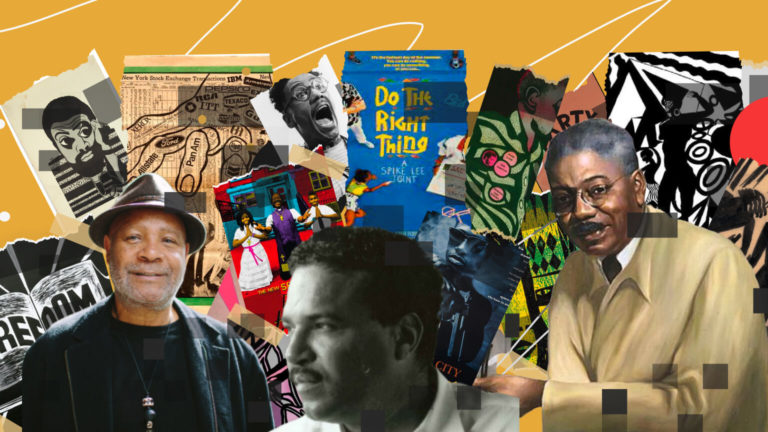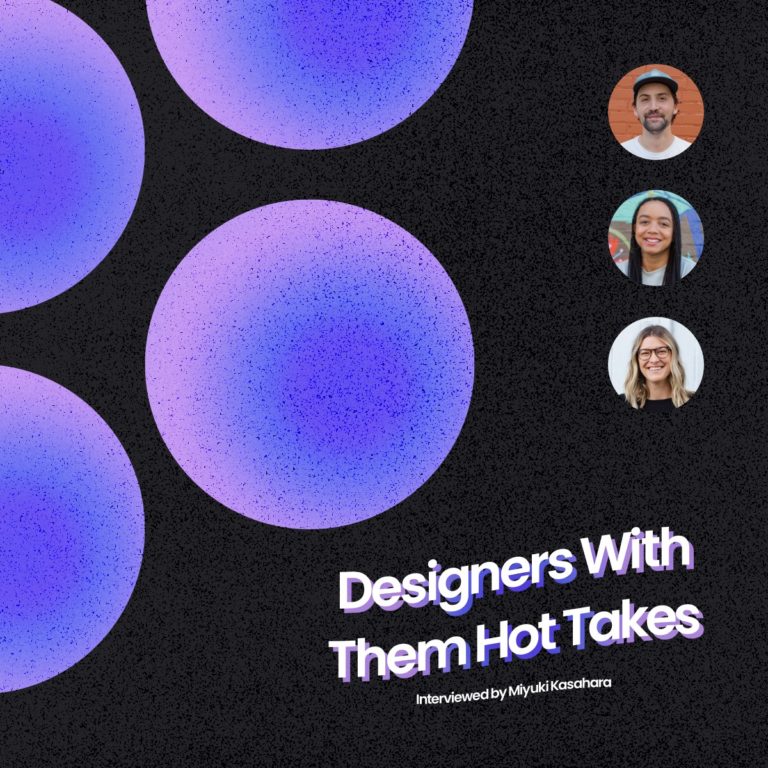
December 2022
Empathy isn’t a design tool. It’s a looking glass into the promise of tomorrow.
At Kale & Flax, we define our capabilities according to how they unlock empathy in our work. It is an approach that we use in which an intentional effort is made to dismantle our biases in order to view the world through the perspective of another person or through the lens of a particular community. We see empathy as the ability to either think (as best we can) about someone’s lived experience or to truly listen with the mindset of seeing the world through their eyes.
Empathy isn’t sympathy. It’s active and grounded. It takes time and intention. Pursuing it is not perfect, but if it moves us anywhere, it’s toward understanding another person’s or community’s lived experience. It places us in their living room, grocery list, ride to work, and end-of-day perspectives.

One of the hardest things about practicing empathy through a creative approach or research model is better understanding how our biases may be driven by our assumptions — both in thinking and listening. It’s easy to assume a person’s perspective according to our presupposed beliefs about their experience. So, the challenge is coming to understand that each person is a product of their environment — one that we can not fully see into. That includes the policies and traditions that make up that environment, whether that be cultural, government or corporate.
Another version of practicing empathy is one that’s present in the Design Thinking model. Design Thinking is a process that, in collaboration with community members, allows us to identify core problems and innovative solutions from the hands of the members themselves. It goes beyond a hypothetical, research-oriented approach, which has the greatest potential to be affected by loaded bias or assumptions. It’s contingent on the desired outcome of a project. That is, bringing the person you’re working with into the fold of the design process.
It goes beyond listening, and it provides our clients with the foundation and the process to ignite their contribution and truly help lead us toward a solution. Design Thinking allows us to put empathy into action — the client or community member becomes an authentic voice in the process of impacting change and we move toward solutions that ‘make good’ through collaboration across organizations and neighborhoods.
Through Design Thinking, we have a newfound responsibility within the initiative. That is, to take all the information around the “why” of the problems and the “why” of the solutions and, based on our skill sets as designers and strategists, identify solutions that collectively we may not have known to exist yet. We ensure that the solution falls in line with the original needs and outcomes of the people we’re impacting.
Empathy is a lens through which the Human-Centered approach and the Design Thinking process are both achieved. It’s the macro-level viewpoint that makes both of those components possible or accessible at the micro-level. And it begins when we meet our biases — head-on. This propels us to work toward understanding a problem and working through a solution from a community member’s worldview. If we circle back to empathy as a lens to guide our process, then it is what will continually drive our questioning, reasoning, and output.
At Kale & Flax our mission is to employ empathy at every level.
It allows us to investigate impact — whether that be social, systemic or financial. For client-relationship, it allows our team to gain holistic insights into a client’s greatest challenge. It allows us to perceive the potential solutions more proportionately and collaboratively with the teams doing the work. Internally, at Kale & Flax, empathy is like a “good seed.” It branches into our team structure and informs our view of work and rest. It’s why we chose to implement the 4-Day Work Week, provide unlimited Compassion Leave, and open up our assets for community member’s to have access to tools and spaces that allow them to create an impact.
Ultimately, we hope that our culture of empathy-driven work is infectious to our clients and partners. We want them to also partake in a human-centered approach that is informed by empathy, and for them to seek to drive change with that same vision.
— Parker Bolin | Insta’




